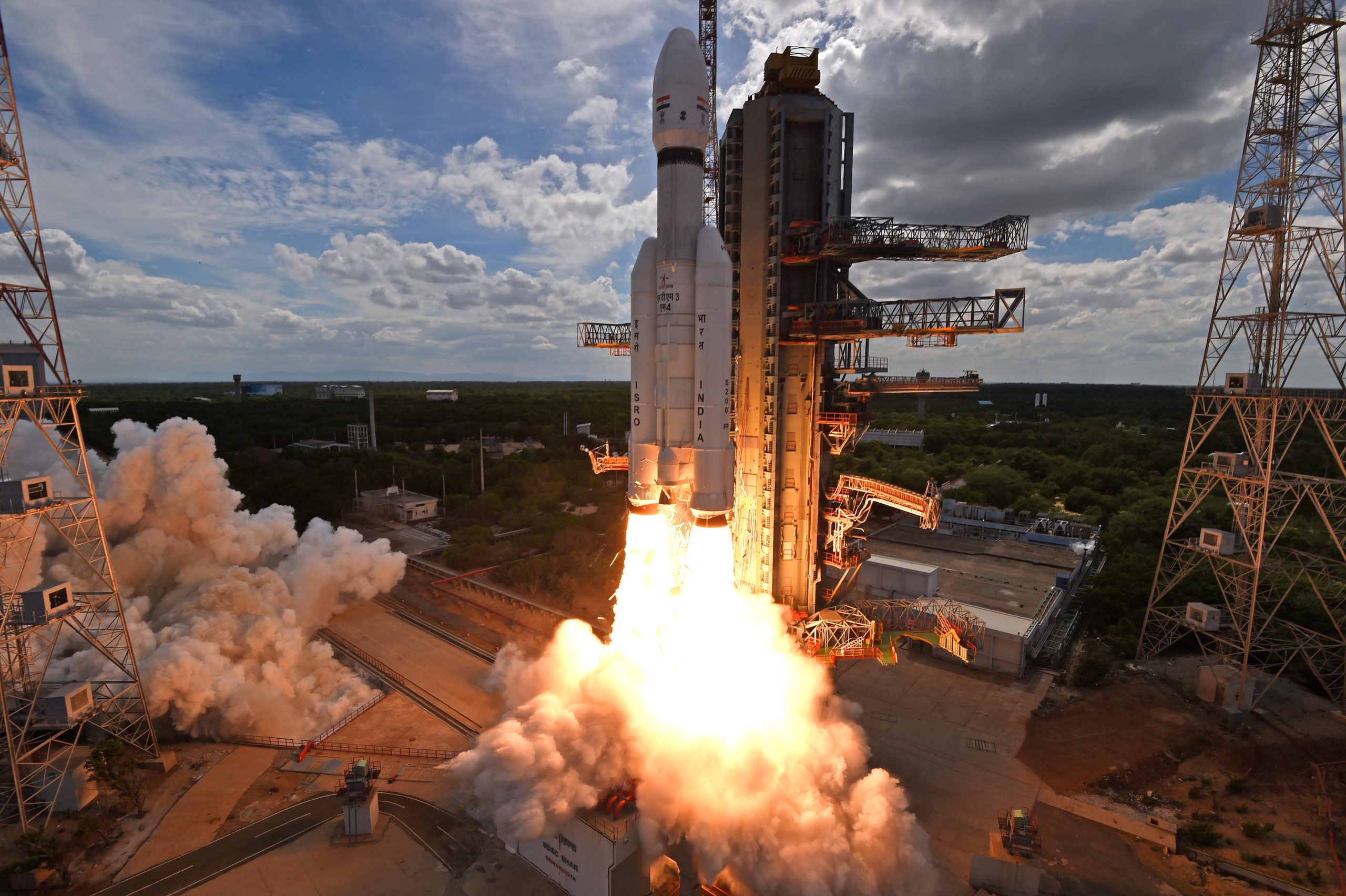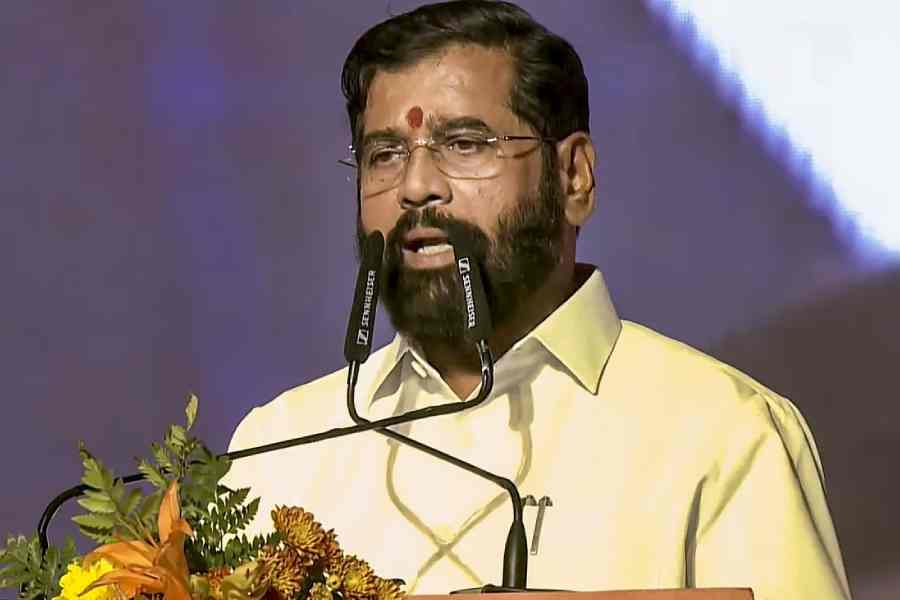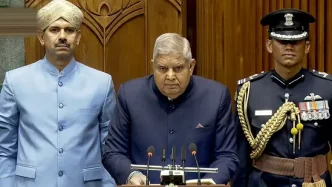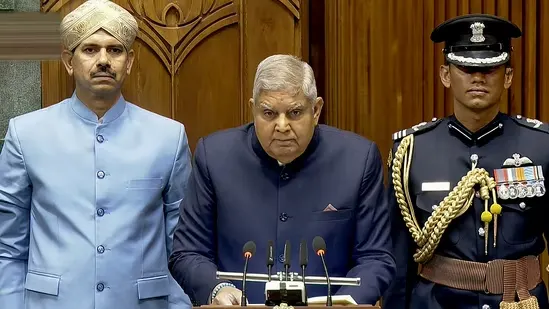India has embarked on its latest ambitious voyage to the moon.
A Launch Vehicle Mark-3 (LVM3) rocket topped with the Chandrayaan-3 spacecraft lifted off from the Satish Dhawan Space Centre on the coastal island of Sriharikota today (July 14) at 5:05 a.m. EDT (0905 GMT; 2:35 p.m. local time in Sriharikota).
The rocket thundered into the sky, carrying an uncrewed lander-rover duo and the hopes of the world’s most populous nation. About 16 minutes after liftoff, Chandrayaan-3 separated from the LVM3 as planned and entered orbit around Earth, kickstarting its fuel-efficient journey to the moon. If the rest of the mission unfolds as planned, India will soon become the fourth country — after the United States, the former Soviet Union, and China — to land on the moon.
The ambitious, homegrown mission has a relatively modest price tag of 6 billion rupees ($73 million). Its success would accelerate India’s growing ambitions of low-cost space exploration during a time when many nations are vying to establish a long-term presence on the moon.
Chandrayaan-3’s touchdown, targeted for Aug. 23 or Aug. 24, would be historic; successful past missions have landed near the moon’s equator, and those that aimed to reach the south pole have failed. Unlike more accessible equatorial areas, where sunlight is plentiful for solar-powered spacecraft, the south polar regions receive sunlight at low angles, and the long shadows there make safe landing a challenge.
ISRO scientists are banking on a new algorithm encapsulated into Chandrayaan-3’s software. Rather than interpret speed from static images as Chandrayaan-2 did, the new technology onboard Chandrayaan-3 is designed to estimate spacecraft speed in real-time as the probe descends toward the lunar surface.









